Welcome to DU!
The truly grassroots left-of-center political community where regular people, not algorithms, drive the discussions and set the standards.
Join the community:
Create a free account
Support DU (and get rid of ads!):
Become a Star Member
Latest Breaking News
Editorials & Other Articles
General Discussion
The DU Lounge
All Forums
Issue Forums
Culture Forums
Alliance Forums
Region Forums
Support Forums
Help & Search
Latin America
Related: About this forumNew archaeological discovery sheds light on ancient cultures: 4,000-year-old polychrome wall found i
New archaeological discovery sheds light on ancient cultures: 4,000-year-old polychrome wall found in Northern PeruReuters
Last Updated: Aug 25, 2023, 07:12 PM IST
An ancient polychrome wall discovered in northern Peru is believed to be over 4,000 years old and could have been part of a ceremonial temple, according to archaeologists, offering new insights into the region's historic cultures.
The wall was first stumbled upon by farmers in 2020 during harvesting work, prompting an extended dig and work to determine its origins, said archaeologist Feren Castillo, head of a research project in the coastal region of La Libertad.
"Three years later we started a new procedure whose results showed us its age ... Today we are sure it's a building built during the Pre-ceramic Period (the initial period of the Andean civilizations) between 4,000 and 4,500 years ago", the expert said this week", the expert said this week.
The remains of the ancient building were revealed in the Viru Valley, some 480 km (298 miles) north of Lima.
The wall is estimated to be about three meters (9.84 feet) high and presents triangular geometric lines with occasional shades of red and yellow, Castillo added.
economictimes.indiatimes.com/magazines/panache/new-archaeological-discovery-sheds-light-on-ancient-cultures-4000-year-old-polychrome-wall-found-in-northern-peru/articleshow/103067213.cms
InfoView thread info, including edit history
TrashPut this thread in your Trash Can (My DU » Trash Can)
BookmarkAdd this thread to your Bookmarks (My DU » Bookmarks)
4 replies, 1216 views
ShareGet links to this post and/or share on social media
AlertAlert this post for a rule violation
PowersThere are no powers you can use on this post
EditCannot edit other people's posts
ReplyReply to this post
EditCannot edit other people's posts
Rec (19)
ReplyReply to this post
4 replies
 = new reply since forum marked as read
Highlight:
NoneDon't highlight anything
5 newestHighlight 5 most recent replies
= new reply since forum marked as read
Highlight:
NoneDon't highlight anything
5 newestHighlight 5 most recent replies
New archaeological discovery sheds light on ancient cultures: 4,000-year-old polychrome wall found i (Original Post)
Judi Lynn
Aug 2023
OP
Judi Lynn
(162,384 posts)1. Pre-Hispanic 4,000-Year-Old Bas Relief Wall Uncovered in Peru
Published 16 August 2018

"The reliefs symbolize the fertilization of the earth: snakes represent the deity," archaeologist Ruth Shady Solis said. | Photo: Andina
Published 16 August 2018
Covered in skulls, seeds and snake skeletons, the abandoned remnants of the ancient bas-relief wall were uncovered by archaeologists north of the capital.
The discovery of a 3,800-year-old elaborately decorated wall in Vichama, Peru, reveals previously unknown details about the ancient, pre-hispanic Caral civilization, the Cultural Ministry reported Thursday.
Covered in skulls, seeds and snake skeletons, the abandoned remnants of the ancient bas relief – which measures 2.8 meters wide and one meter high – were uncovered by archaeologists stationed just north of the capital.
Experts from the Archaeological Zone Caral (ZAC) believe the wall formed the antechamber of a public building and faced the fields which at one time filled the Huara Valley, 140 km north of Lima.
"The reliefs symbolize the fertilization of the earth: snakes represent the deity, linked to water, which filters into the earth and makes the seed germinate," said lead archeologist Ruth Shady Solis.
More:
https://www.telesurenglish.net/news/Pre-Hispanic-4000-Year-Old-Bas-Relief-Wall-Uncovered-in-Peru-20180816-0019.html
Judi Lynn
(162,384 posts)2. Mural from 3,800 years ago unveiled by Peru archaeologists
Published
20 August 2019
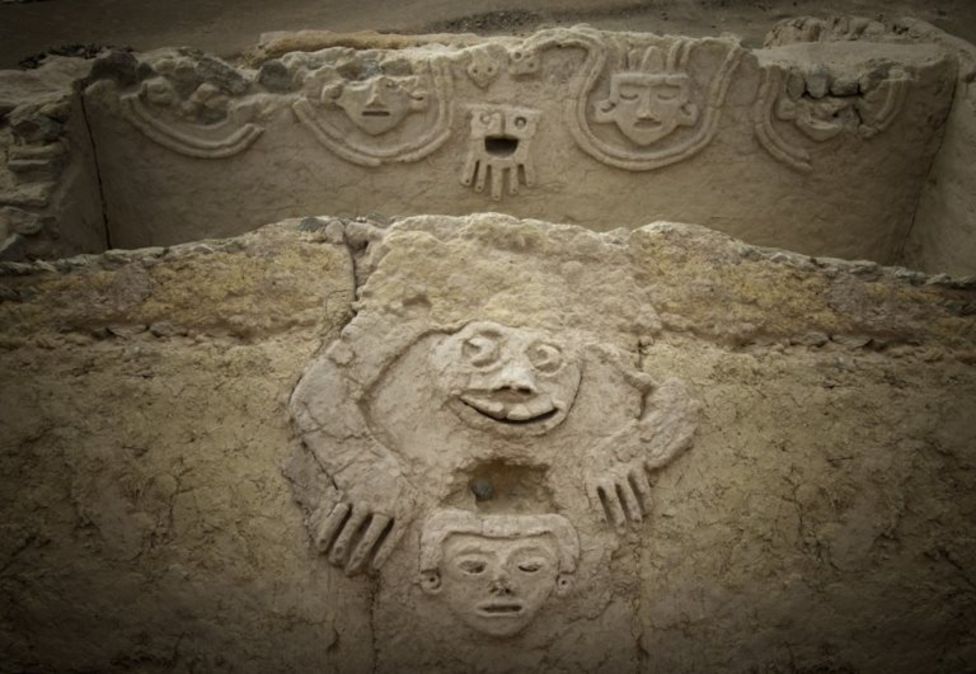
A mural thought to be 3,800 years old has been revealed by archaeologists in Peru.
The wall, unveiled on Monday, was found inside a public ceremonial building at the Vichama site, north of Lima.
The complex carved scene depicts iconography including a human-like toad and representations of people.
Dr Ruth Shady Solís, director of the Caral Archaeological Zone (ZAC), believes the scene represents the "arrival of water" through rainfall.
She says that in Andean civilisation, toads represented water and says the face below it represents humans waiting for rainfall to give continuity of life.
Another depiction found nearby shows four human heads with snakes encircling them and what appears to be a seed with a face.
Researchers said the sculptures would probably have been produced in a period of scarcity and famine.
More:
https://www.bbc.com/news/world-latin-america-49407795
Judi Lynn
(162,384 posts)3. Peru: 3,800-year-old wall reliefs found in Vichama (1 yr. old)
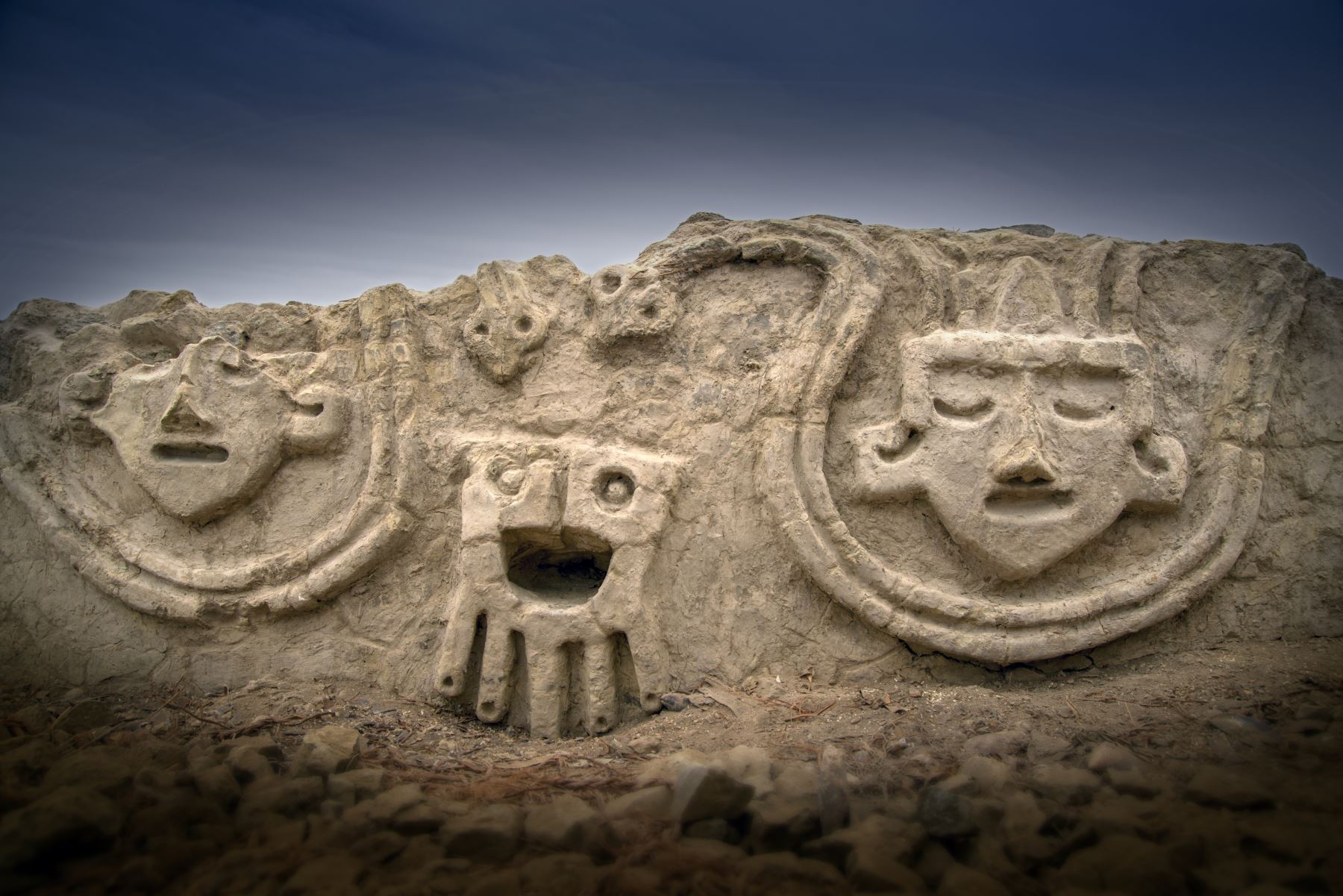
18:08 | Lima, Aug. 16.
A Caral Archaeological Zone (ZAC) team unveiled wall reliefs at the top of public ceremonial buildings in Vichama —Vegueta's ancient agro-fishing town in Lima's Huara province— ZAC Director Ruth Shady Solis reported Thursday.
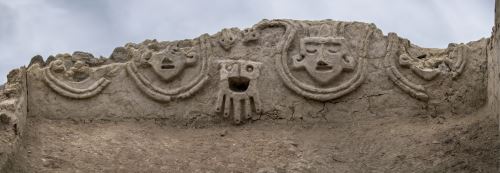
The nearly 3,800-year-old wall features four human heads with closed eyes —one next to the other— and two snakes around them heading to an anthropomorphic seed-shaped non-human head with vertical bars driven into the ground.
According to Shady, the reliefs symbolize soil fertilization, and the snakes represent a deity associated with water, which moves through the soil and makes seeds germinate.
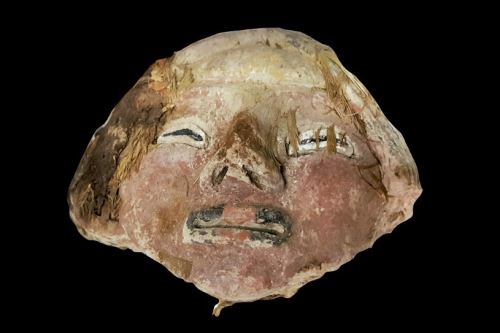
Researchers discovered women heads offered as sacrifices, too.
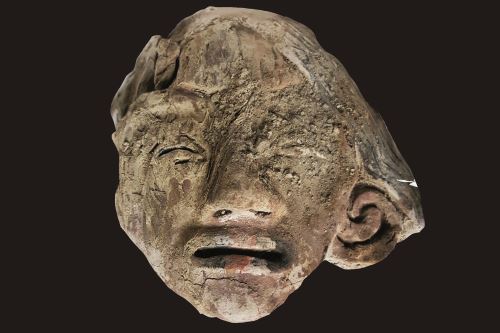
The wall is part of the entrance hall —prior to the ceremonial room— of a public building in Vichama, she explained. The structure faces Huara Valley's agricultural fields.
The building once occupied an 874-square meter space and was continuously refurbished. Venues with staggered windows and a sunken circular square are among its highlights.
Other sculptural reliefs —regarding dearth and famine— were previously unearthed at a different building of this ancient town.
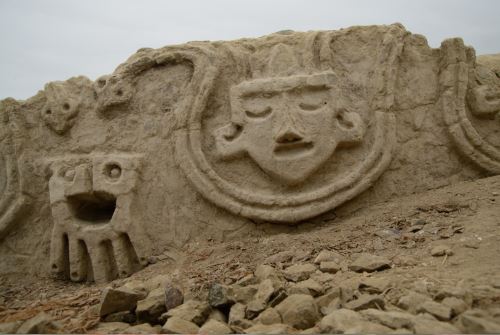
"This new relief reinforces the approach of expressing —in the collective memory— difficulties facing society due to climate change and water shortage, which strongly affected agricultural productivity," Shady stated.
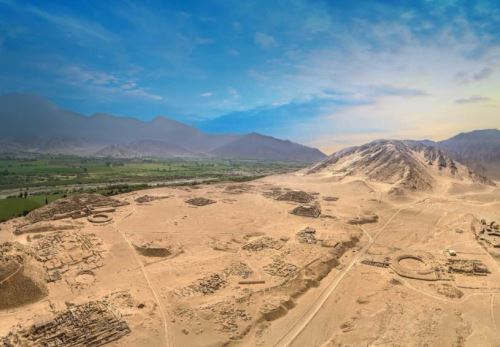
https://andina.pe/ingles/noticia-peru-3800yearold-wall-reliefs-found-in-vichama-721227.aspx
Judi Lynn
(162,384 posts)4. Peru: Funerary complexes, objects discovered in Vichama (1 yr. old)
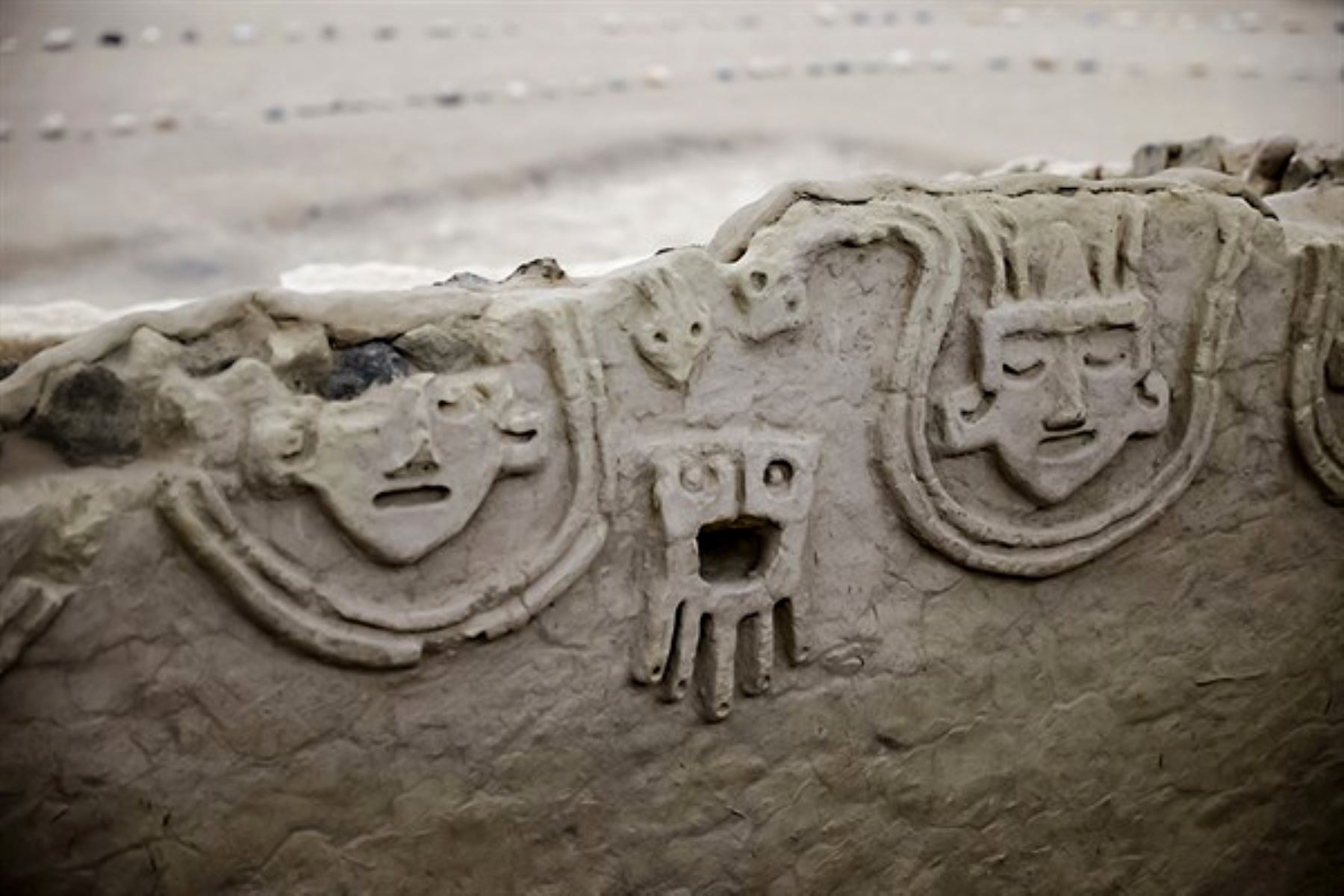
Peru: Funerary complexes, objects discovered in Vichama
Photo: ANDINA
Photo: ANDINA
11:34 | Huaura (Lima region), Aug. 19.
At Vichama Archaeological Complex work has resumed. As a result, funerary complexes and various objects have been found. Similarly, a structure was located that might have served as a home.
Alexander Zuñiga, an archaeologist who works on this project led by Dr. Ruth Shady, explained that some searches were carried out near the monumental area. They were lucky in some of them and discovered funerary contexts.
The specialist indicated that there was no pattern in the position in which the ancient inhabitants of Vichama used to be buried.
Likewise, he noted that some offerings were found with these bundles. The most striking ones were two toads.
Between the valley and the sea
The archaeologist stated that among the rescued pieces there were tools for working cotton and objects made with the remains of mollusks or other marine animals.
This fact is not accidental. Vichama is close to the sea. A considerable percentage of the population of what is now Vegueta lives from fishing activities.
It is also close to the Huaura Valley.
More:
https://andina.pe/ingles/noticia-peru-funerary-complexes-objects-discovered-in-vichama-906412.aspx